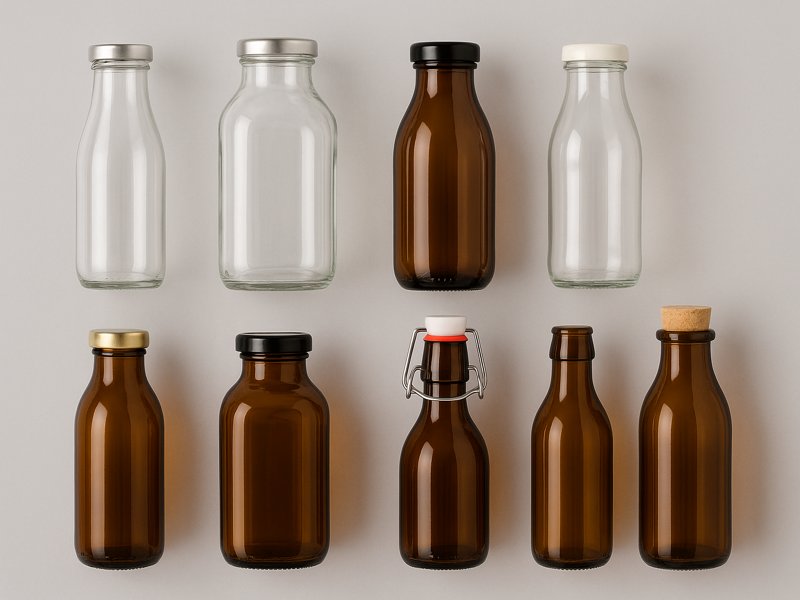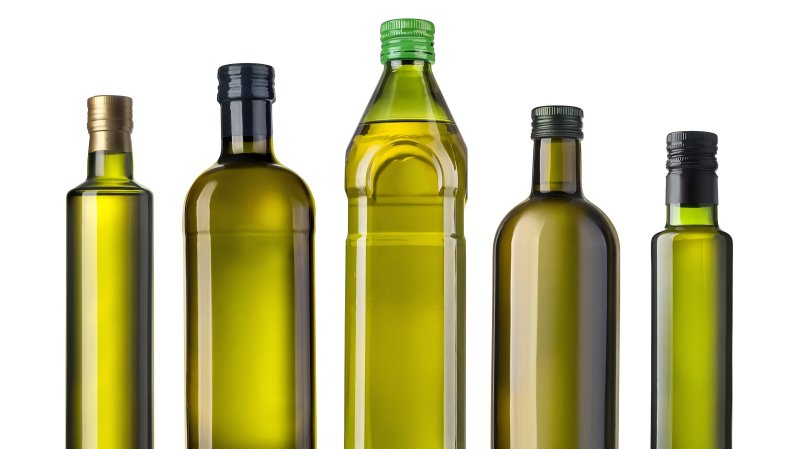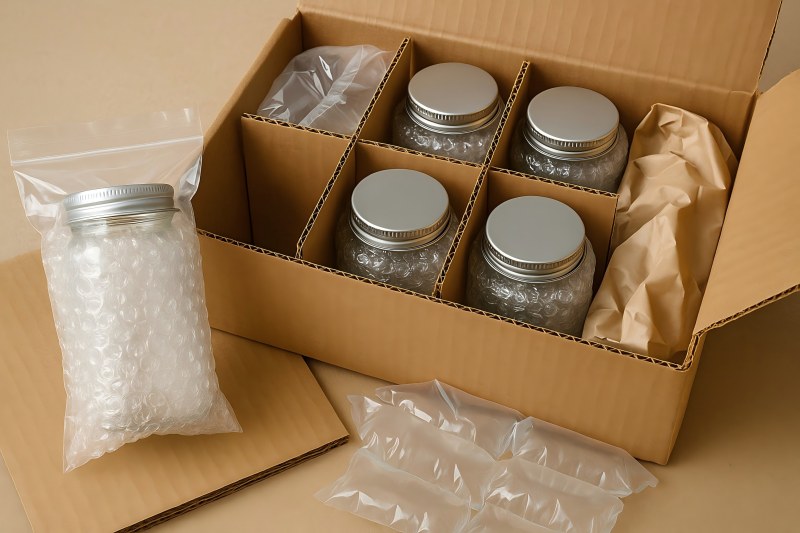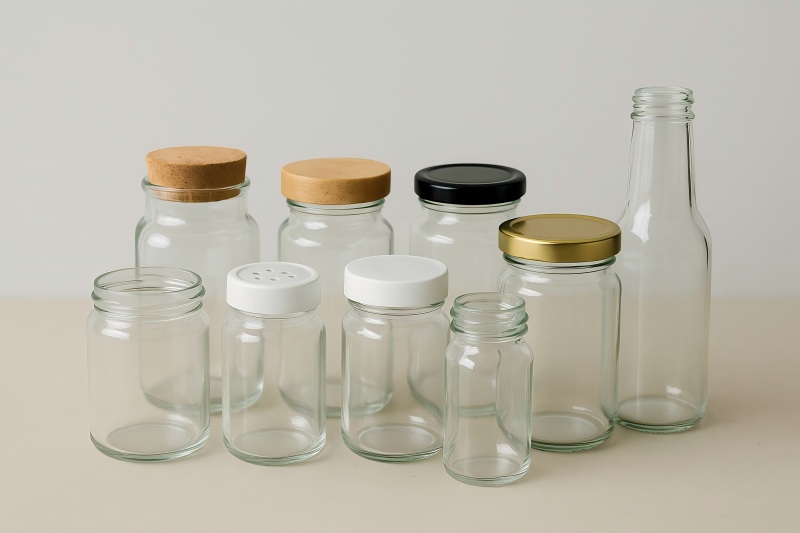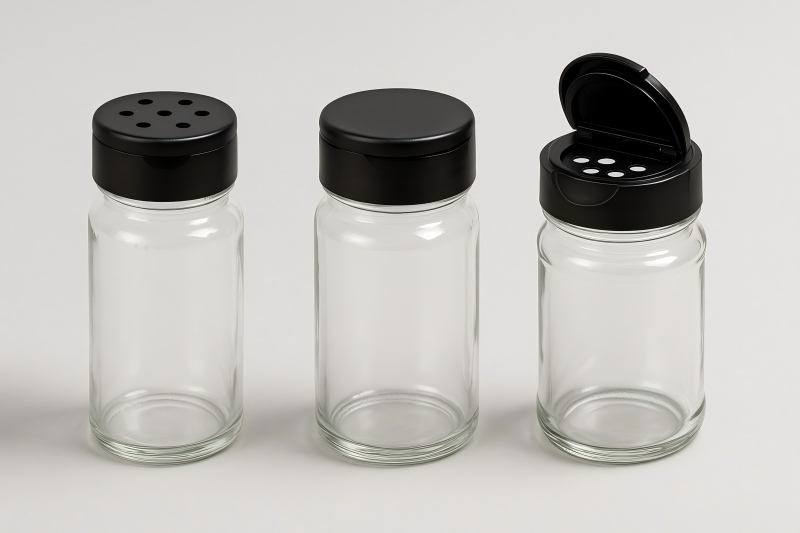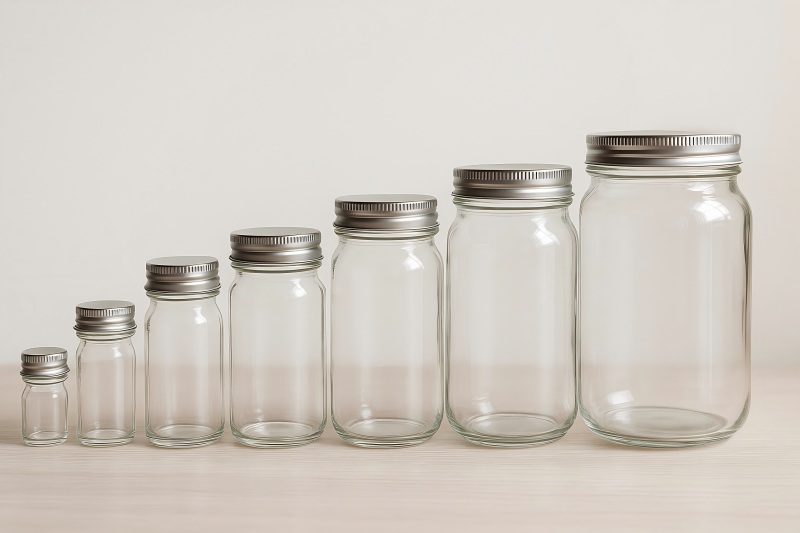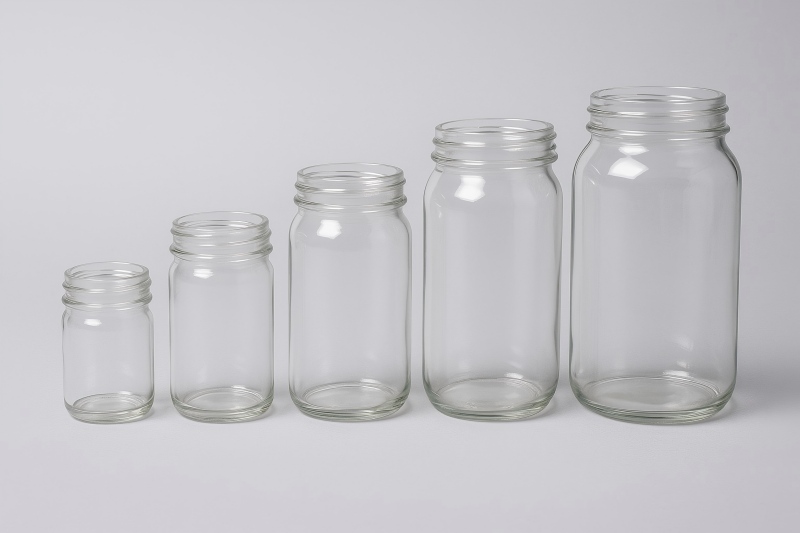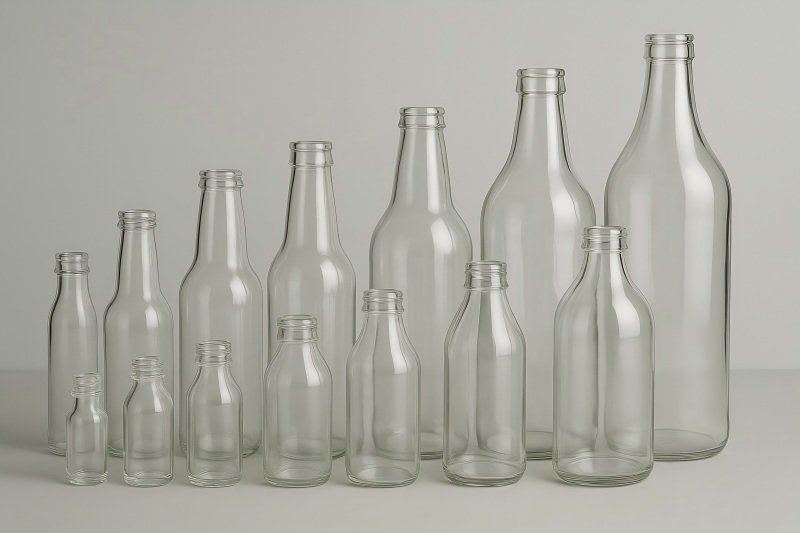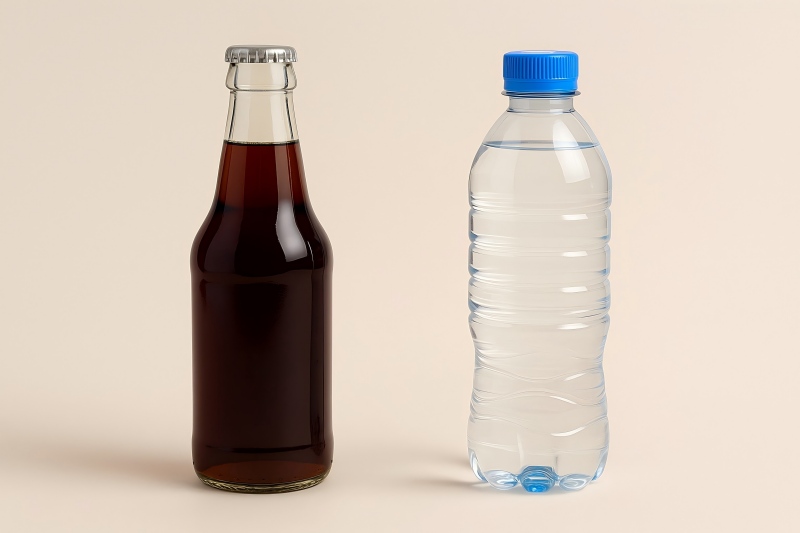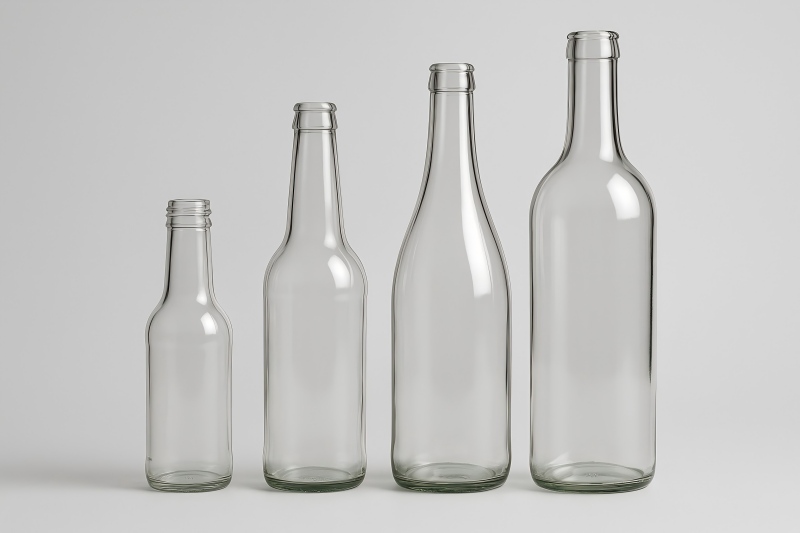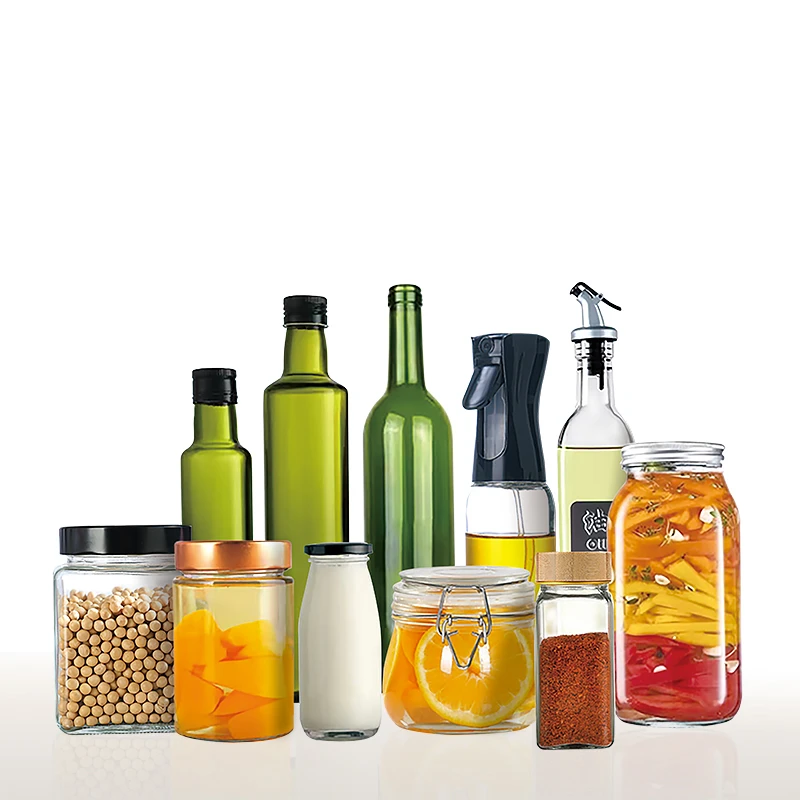Liquor Bottle Size Guide 2025: Standard, Metric & Global Formats Explained
Understanding liquor bottle sizes is essential whether you’re stocking a bar, managing a liquor store, or simply making informed decisions as a consumer. In 2025, with global trade, metric standardization, and diverse consumer needs continuing to evolve, it’s more important than ever to know what bottle sizes mean in various markets. This comprehensive guide explores traditional, metric, and unique bottle formats, providing insights for buyers, bartenders, and beverage enthusiasts alike.
Why Liquor Bottle Sizes Matter in 2025
Liquor bottle sizes influence pricing, portioning, taxation, labeling, and transportation. With growing e-commerce alcohol sales and international exports, brands now balance standardization with regional preferences. Inconsistent size names across countries and legacy systems like “fifth” or “handle” can create confusion. Understanding these differences improves purchasing, reduces waste, and helps avoid under- or over-pouring—especially in professional hospitality settings.
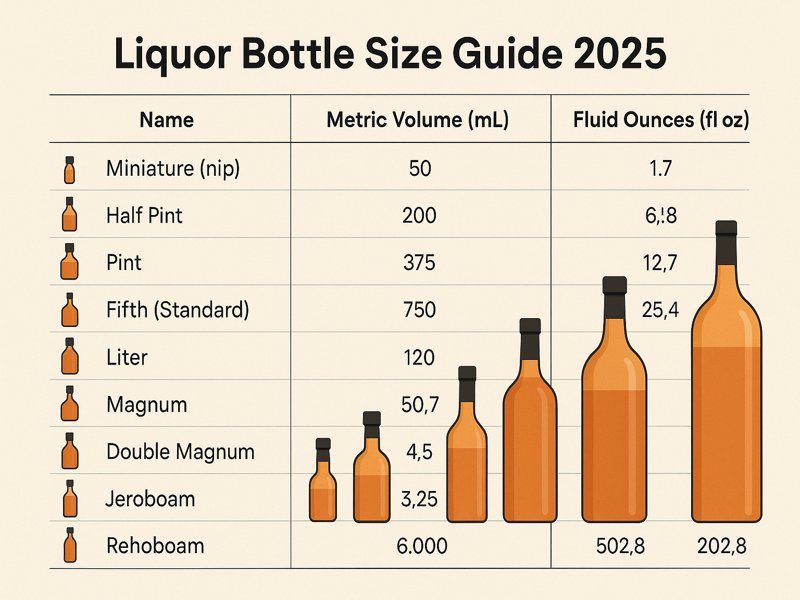
Standard Liquor Bottle Sizes (U.S. Imperial & Metric Equivalents)
While the global beverage industry largely adheres to metric systems, U.S. consumers still use some imperial terms. Here’s a reference chart of the most common liquor bottle sizes used today:
| Name | Metric Volume (mL) | Fluid Ounces (fl oz) | Typical Uses |
| Miniature (nip) | 50 mL | 1.7 fl oz | Samples, airline bottles, gift packs |
| Half Pint | 200 mL | 6.8 fl oz | Personal use, portable liquor |
| Pint | 375 mL | 12.7 fl oz | Small parties, on-the-go cocktails |
| Fifth (Standard) | 750 mL | 25.4 fl oz | Most common retail bottle |
| Liter | 1,000 mL | 33.8 fl oz | Retail bulk option, bar-friendly |
| Magnum | 1.5 L | 50.7 fl oz | Shared consumption, high-end brands |
| Handle | 1.75 L | 59.2 fl oz | Bars, bulk home use |
| Double Magnum | 3 L | 101.4 fl oz | Events, clubs, specialty spirits |
| Jeroboam | 4.5 L | 152.2 fl oz | Collector item, display use |
| Rehoboam | 6 L | 202.8 fl oz | Rarer in spirits, more common in wine |
Metric vs. Imperial Systems: A Global Bottling Dilemma
As of 2025, most countries—including Europe, Asia, and Australia—have adopted the metric system for alcohol labeling. Nonetheless, imperial terms like “fifth” and “handle” are still widely used in the US and some regions of Canada.
Metric Dominant Markets
- Europe: 700 mL standard bottle, adopted across spirits like vodka, whisky, and rum.
- UK: Although historically using imperial, now fully metric for alcohol (700 mL standard).
- Australia & New Zealand: Typically use 700 mL or 1L formats.
- Japan: Often uses 720 mL due to sake bottle traditions.
Imperial Holdouts
- USA: 750 mL remains the dominant retail bottle.
- Canada: Uses metric but retains familiarity with older imperial references.
Global export brands must often produce multiple bottling lines to meet different regulatory size requirements.
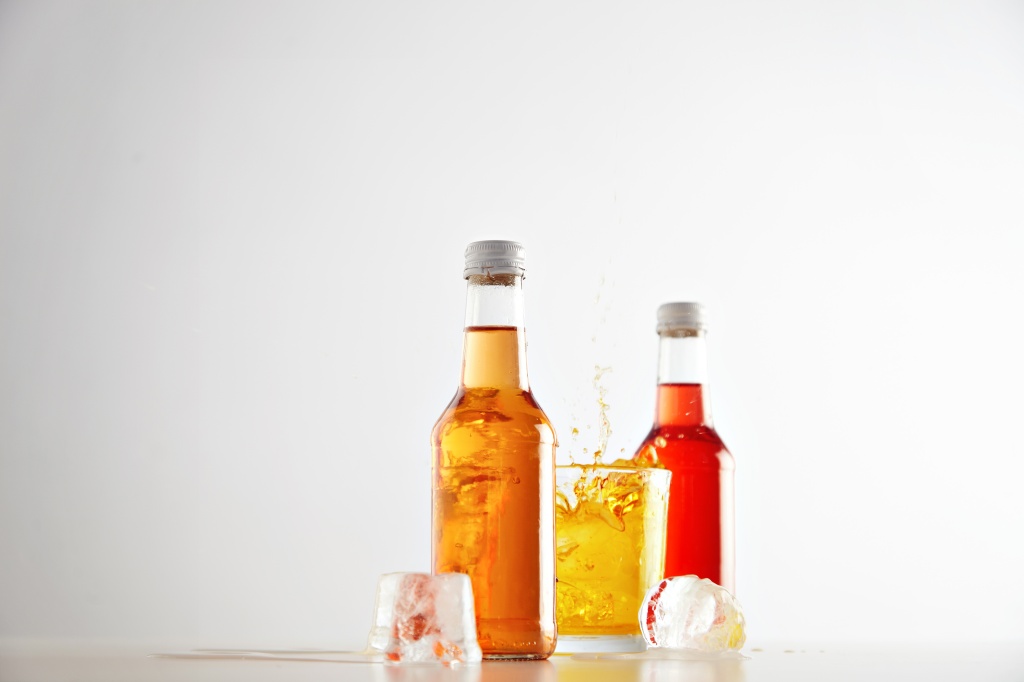
Mini Liquor Bottle Sizes: Nips, Minis, and More
Mini liquor bottles have exploded in popularity due to convenience, giftability, and legal transport limits.
Common Small Sizes:
- 50 mL (Miniature/Nip): Equal to one shot, ideal for sampling or event favors.
- 100 mL: Less common, sometimes used for premium tastings or inflight sales.
- 200 mL (Half Pint): Travel-friendly, often used for brandy or cognac.
- 375 mL (Pint): Half of a standard bottle, used for mixing cocktails at home.
In airports, 50–200 mL bottles remain TSA-compliant in many countries when packed properly.
Standard Liquor Bottle: The 750 mL Fifth
The 750 mL bottle—historically called a “fifth” because it was one-fifth of a gallon—is still the most widely sold liquor bottle size in the U.S.
Features:
- Equal to ~17 standards 1.5 oz shots
- Balances cost, convenience, and shelf appeal
- Used across almost all spirit categories: whiskey, gin, vodka, tequila, etc.
Why 750 mL?
The 750 mL size became standard due to harmonization between imperial and metric systems. It provides a practical volume for retail without breaching bulk packaging thresholds.
Large Liquor Bottle Sizes: Handle, Magnum, Jeroboam
Larger bottles reduce packaging waste and offer cost-per-ounce savings, but may not fit all shelves or bars.
1-Liter Bottles
- Becoming more popular in Europe and bars worldwide
- Offers value and fewer reorders
1.75 L (Handle)
- Often comes with a handle molded into the neck
- Standard for U.S. vodka, rum, gin, and whiskey in bars
- ~39 standard shots
1.5 L (Magnum)
- Primarily seen in wine but increasingly in high-end vodka and champagne
- Prestigious presentation value
Jeroboam and Beyond (3–6 L)
- Rare in spirits; mostly used for display, VIP bottle service, or collector editions
- Usually glass-blown and individually numbered
Cocktail Math: Understanding Pour Size and Bottle Yield
Bartenders and buyers often ask: “How many drinks in a bottle?”
| Bottle Size | 1 oz pours | 1.5 oz pours (standard shot) | 2 oz pours (neat/rocks) |
| 50 mL | 1.6 shots | 1 shot | 0.8 drinks |
| 375 mL | 12.7 shots | 8.5 shots | 6.3 drinks |
| 750 mL | 25.4 shots | 17 shots | 12.7 drinks |
| 1 L | 33.8 shots | 22.5 shots | 16.9 drinks |
| 1.75 L | 59.2 shots | 39.5 shots | 29.6 drinks |
This helps bars plan inventory and avoid over-pouring, which can significantly impact profits.
Regulatory Trends in 2025: Sustainable, Minimalist, and Smart Bottles
As of 2025, liquor bottle size regulations and consumer preferences are being shaped by:
1. Sustainability
- More brands offer refill stations with standard-sized 1L and 1.5L containers
- Lightweight glass or PET bottles are replacing bulky formats for eco-conscious shipping
2. Minimalism in Design
- Smaller batches and artisan spirits favor 375 mL and 500 mL bottles
- Brands highlight limited editions in compact, visually appealing bottles
3. Smart Packaging
- QR codes and NFC tags now appear on 750 mL+ bottles for tracking, authenticity, and immersive brand experiences
- Some luxury spirits in Jeroboams and larger use blockchain verification
Specialty & Regional Bottle Sizes
Certain cultures use unique bottle sizes for historical or cultural reasons.
Japan
- 720 mL is standard for sake and shochu
- Many whiskey brands also offer 500 mL or 660 mL versions
India
- Bottles are available in 180 mL, 375 mL, 750 mL, and 1 L
- 90 mL and 60 mL “quarter” bottles are popular for affordability and taxation
Russia/Eastern Europe
- Vodka is often sold in 500 mL and 1 L sizes, not 750 mL
- Miniatures for flavored spirits are common in 100 mL formats
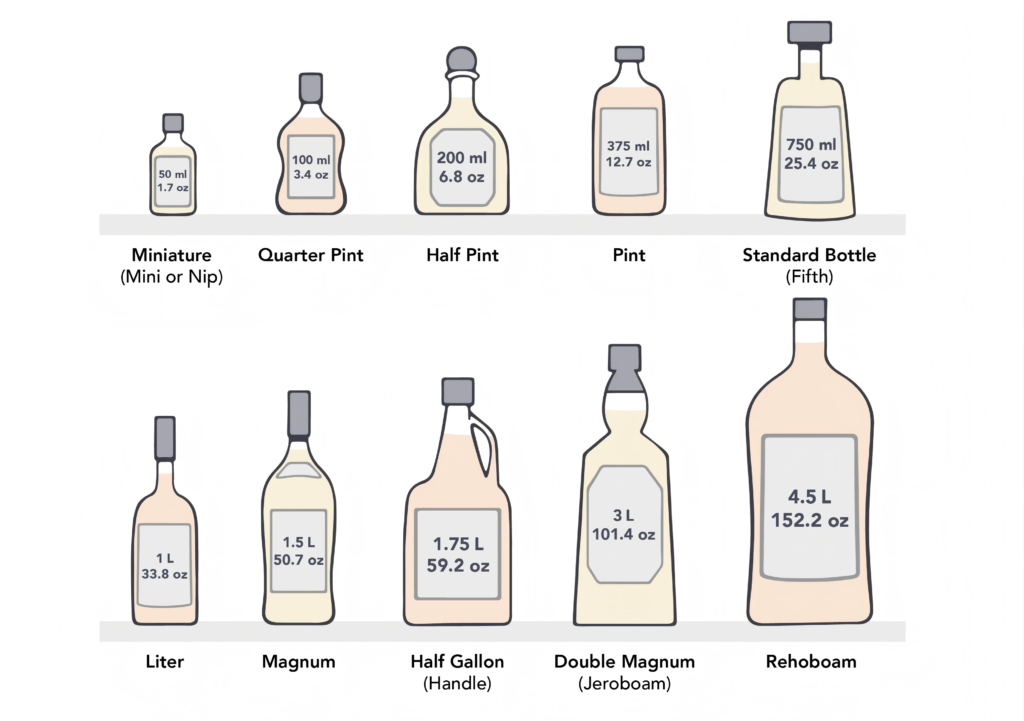
Choosing the Right Bottle Size: Business & Consumer Tips
For Bar Owners
- Use 1.75 L handles for speed rail liquors
- Stock 750 mL for premium spirits or curated lists
- Offer miniatures for tastings or flights
For Retailers
- Maintain a range of 375 mL to 1.75 L for versatility
- Include gift sets and collectible magnums during holidays
- Know your local size restrictions (especially for promotions and discounts)
For Home Consumers
- 750 mL offers best value for casual consumption
- 375 mL good for trying new brands or small-batch distillers
- 1.75 L ideal for parties or signature cocktail batching
Future Outlook: What’s Next in Bottle Sizes?
Looking beyond 2025, we expect:
- More harmonization around 700 mL and 1L bottles for global consistency
- Growth in custom bottle sizes as artisan and celebrity spirits boom
- Rise of eco-refill pouches paired with durable glass bottles
- Smart label integration in luxury-sized bottles for consumer engagement
Understanding glass liquor bottle sizes in 2025 is about more than just capacity—it’s about compliance, sustainability, design, and user experience. From the mini 50 mL nip to the majestic 6L Jeroboam, every bottle size serves a purpose in production, marketing, and enjoyment. Whether you’re a consumer picking a new bourbon or a global distributor coordinating packaging standards, this guide helps you navigate the modern liquor landscape with clarity and confidence.

